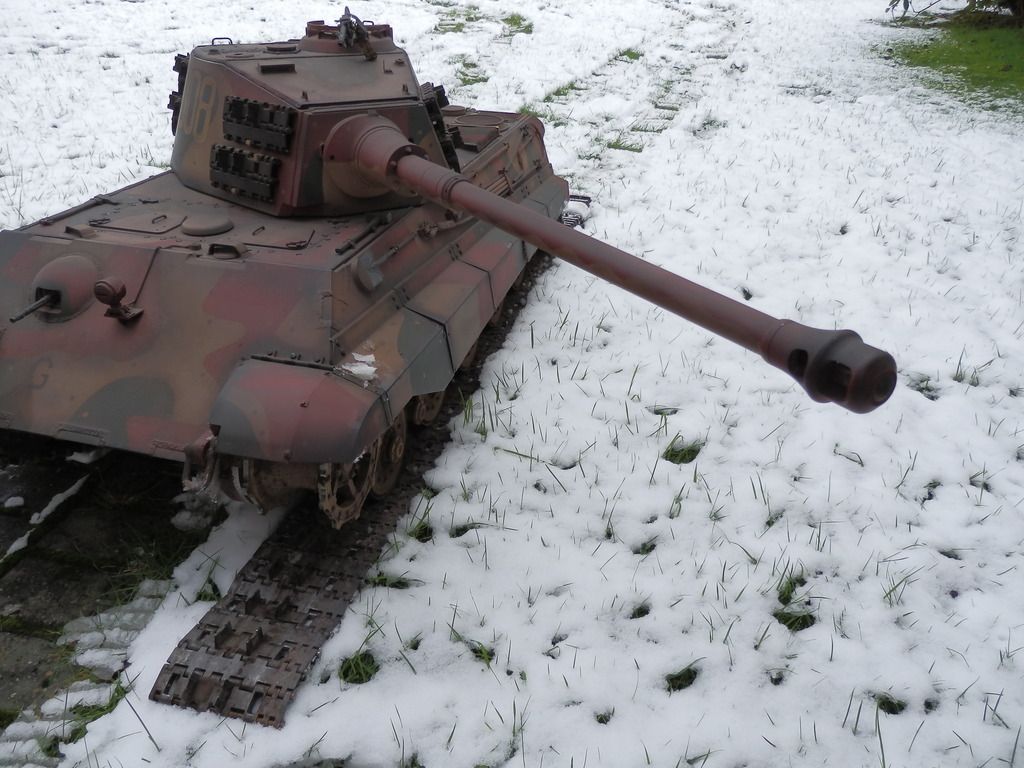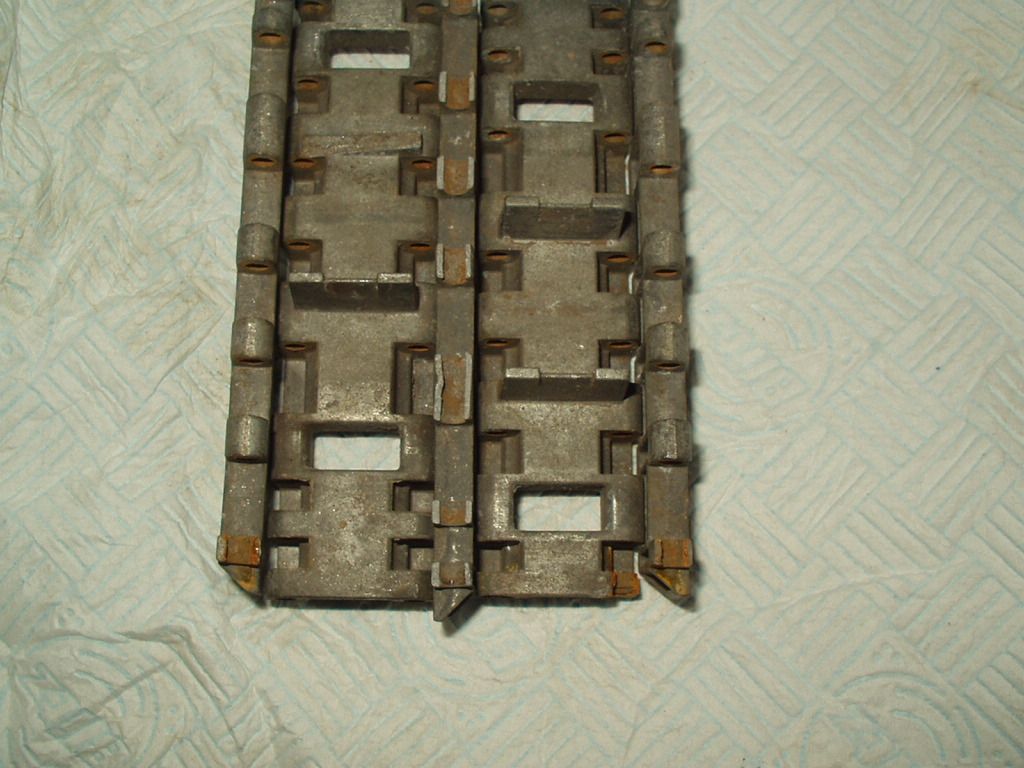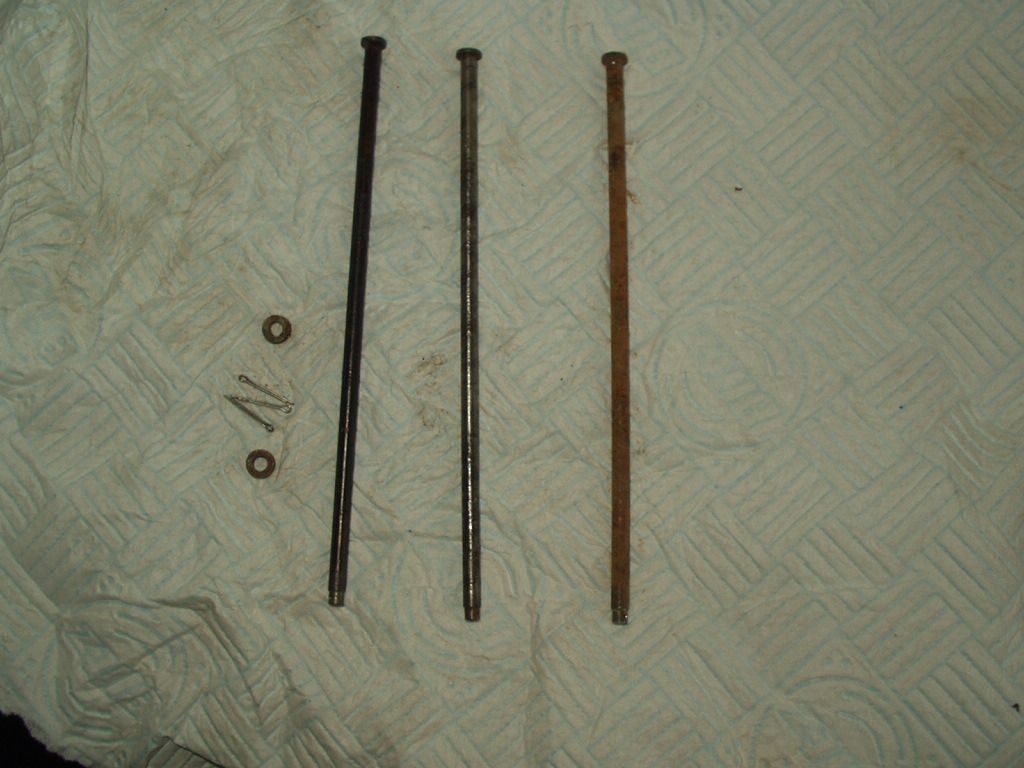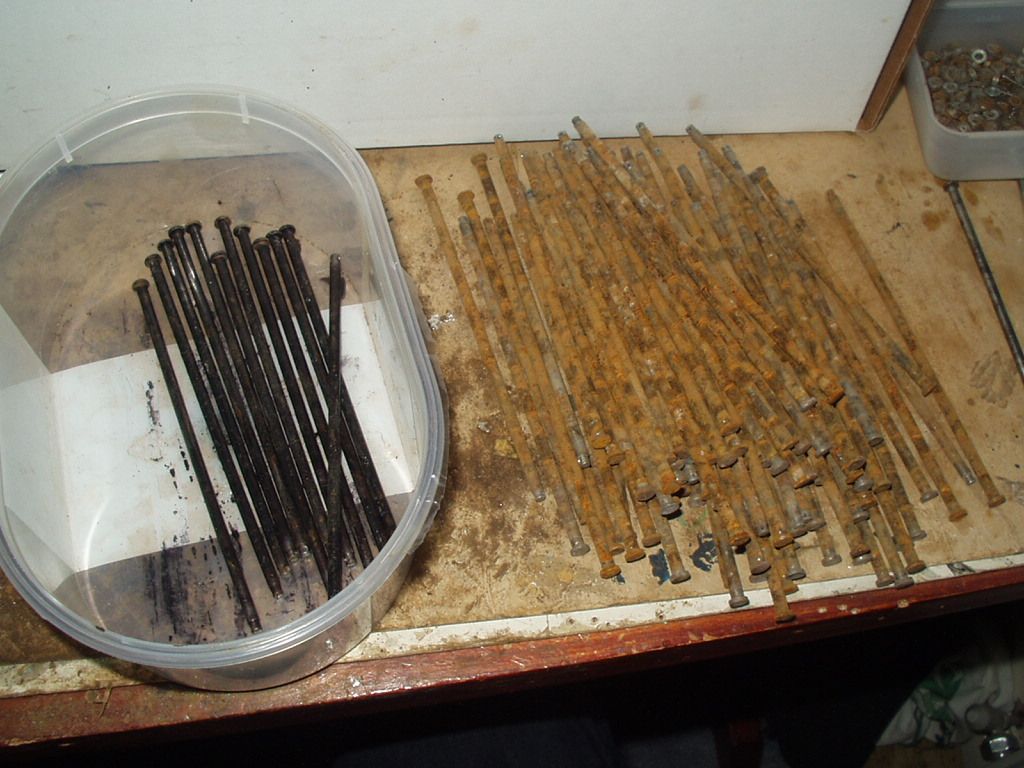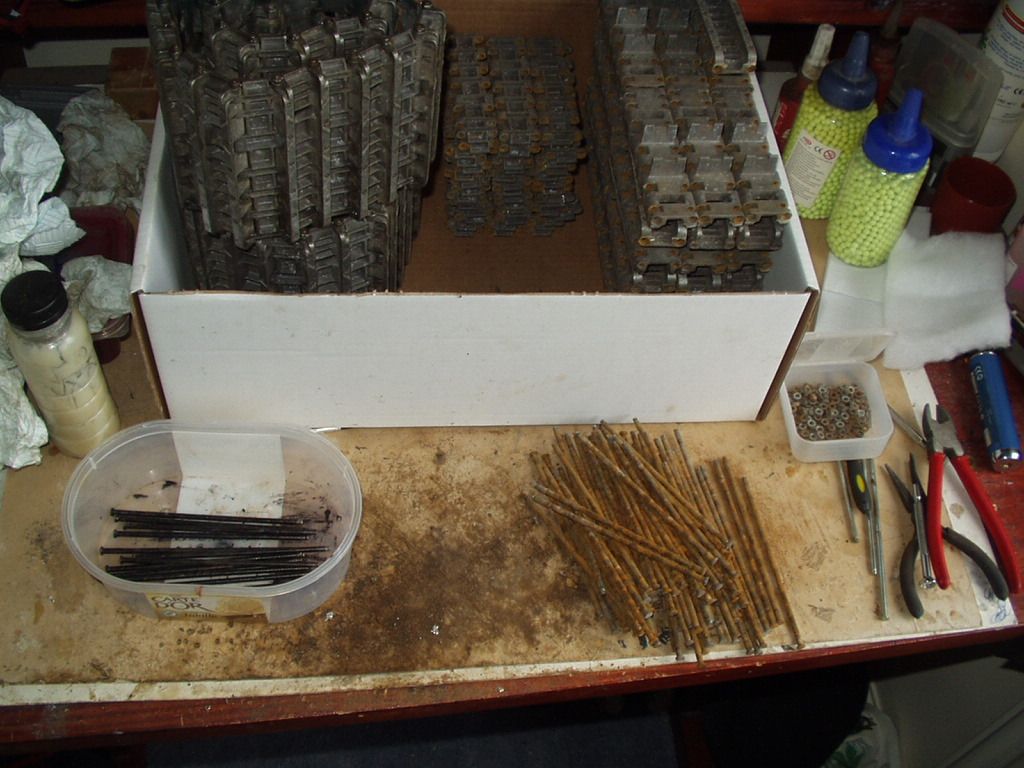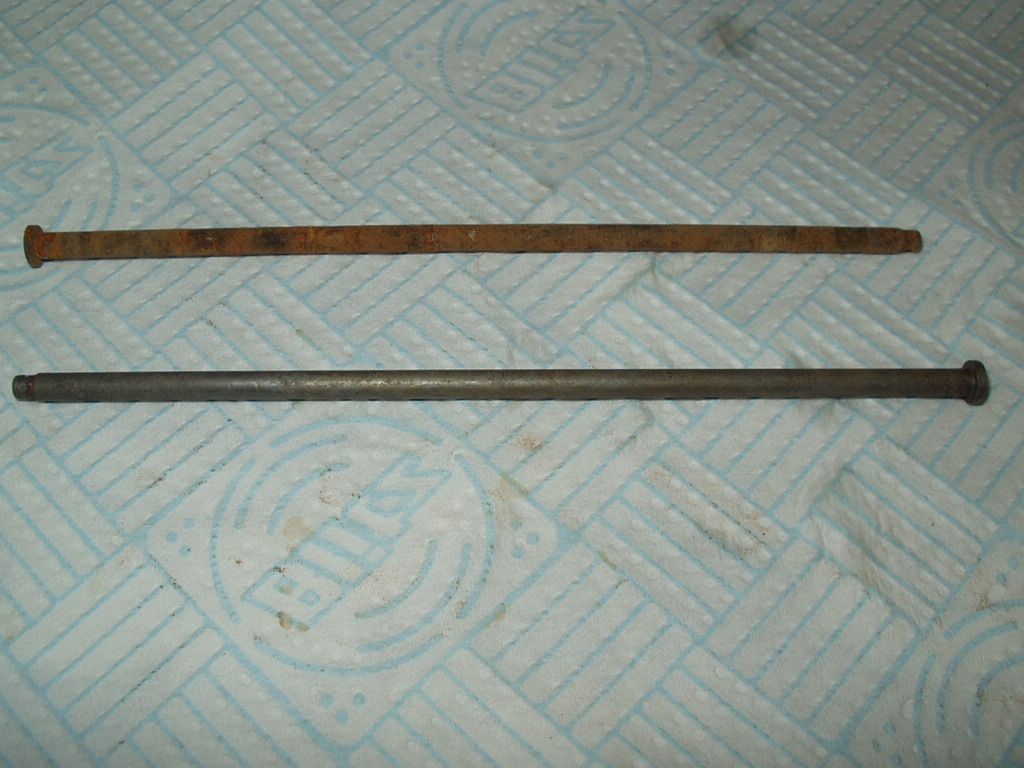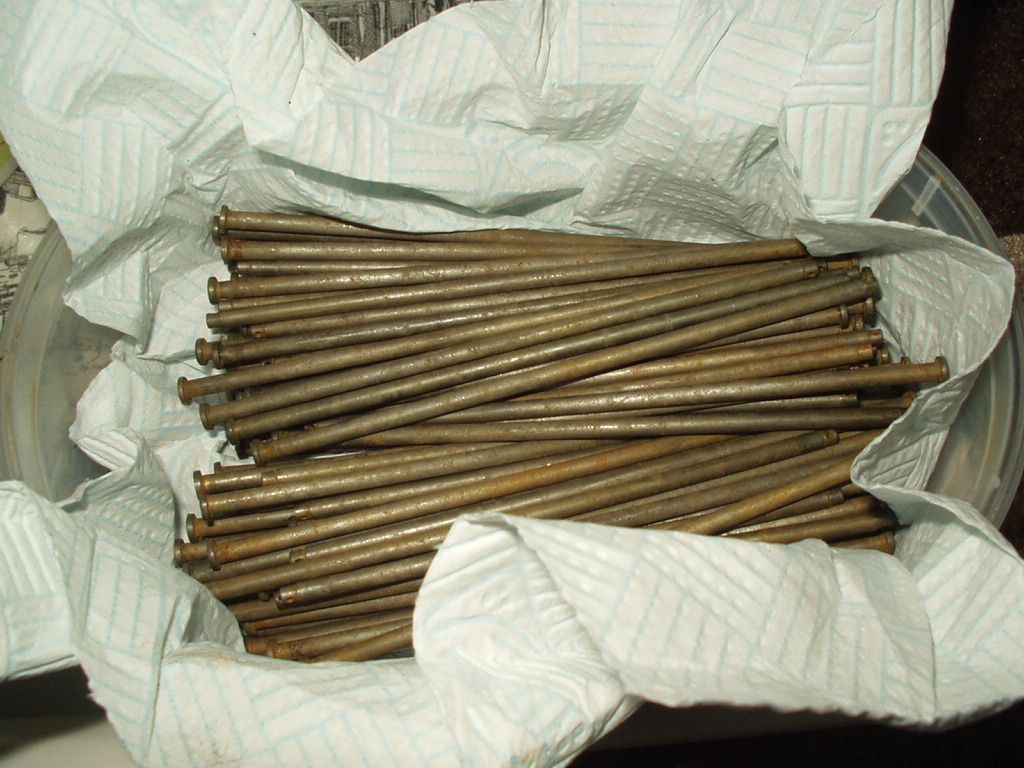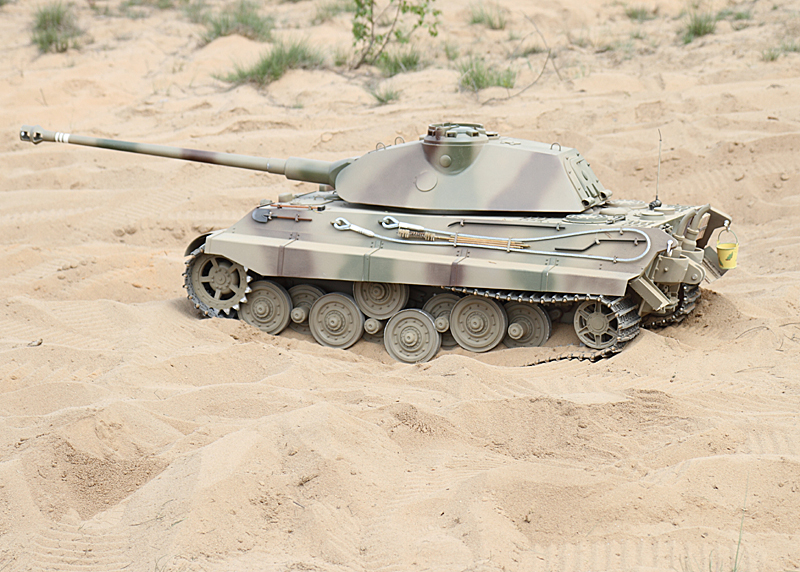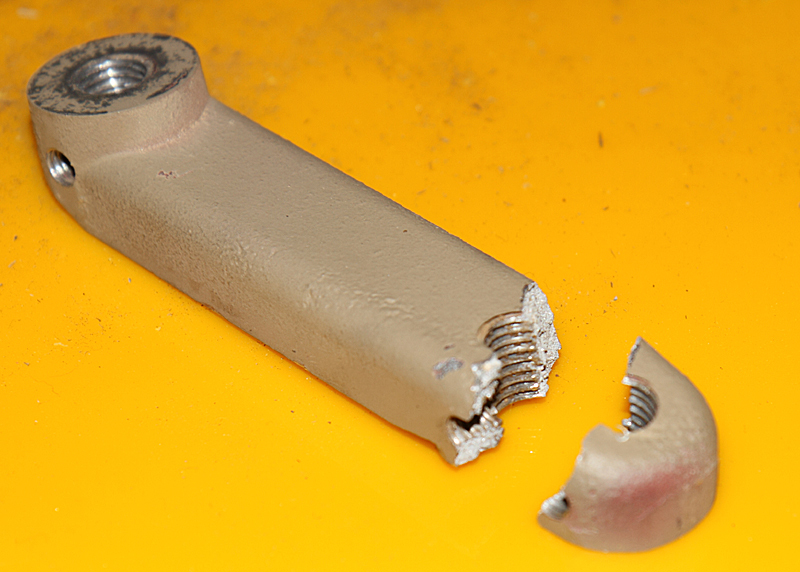Gerhard Michel wrote:But please remember that models of this shape in my eyes are nevertheless no more simple toys but little real tanks and should be able to be treated as real tanks, and nearly no terrain must be too much challenging for them.

I totally agree
Gerhard Michel wrote:Okay, such a treatment can result in some damage, when the mechanical stress is too high. This can happen to a full size tank (I was tank driver with about 2,500 tank miles) and to a model tank, and I think the driver has to accept that and to manage such situations.
I also totally agree.
Unfortunately we can make RC models do manouvres that the real vehicle just was not capable of. Some examples
1) full forward to full reverse ( reverse speed faster than on the real vehicle ) almost instantaneous. The only limits being speed of response of the electronics and inertia due to the weight of the model. Lot of stress on the whole running gear.
2) Even worse, going from full speed forward to a "neutral" turn ie one track running forward, the other running backwards. Even more stress.
3) A RC model of a FV432 if using two motors, one for each track, could do a neutral turn. The real one can´t, the gearbox is not capable of it. Challenger 1 and Challenger 2 can only do it when stopped and in neutral gear, and the driver would make sure the ground is suitable for doing so.
My ideal would be a "digital gearbox" or programmable circuit that shapes the servo signals from the transmitter before they reach the motors.
With the correct "mapping" for the vehicle ( acceleration rate, braking rate, engine rpm range, number of forward / reverse gears, speed in each gear at a specified engine rpm ) it should be possible to achieve the following.
1) More realistic acceleration and braking
2) No manouvres that the original vehicle was incapable of doing
3) Easier, more precise control at slow speeds
4) Realistic maximum reverse speed.
Perfect would be if it had a third output to the sound card and smoker unit for the engine speed, ie rpm going up when accelerating and then dropping down when the next gear is selected. Same when braking, engine rpms reducing and then shooting up as the next lower gear is engaged.
If the model is then "driven" realistically, I am sure that the armortek track would be quite sufficient to cope with all but the most extreme conditions.
Attached is a table showing how I envisage such a "digital gearbox" could operate.
